Home > Climate News >
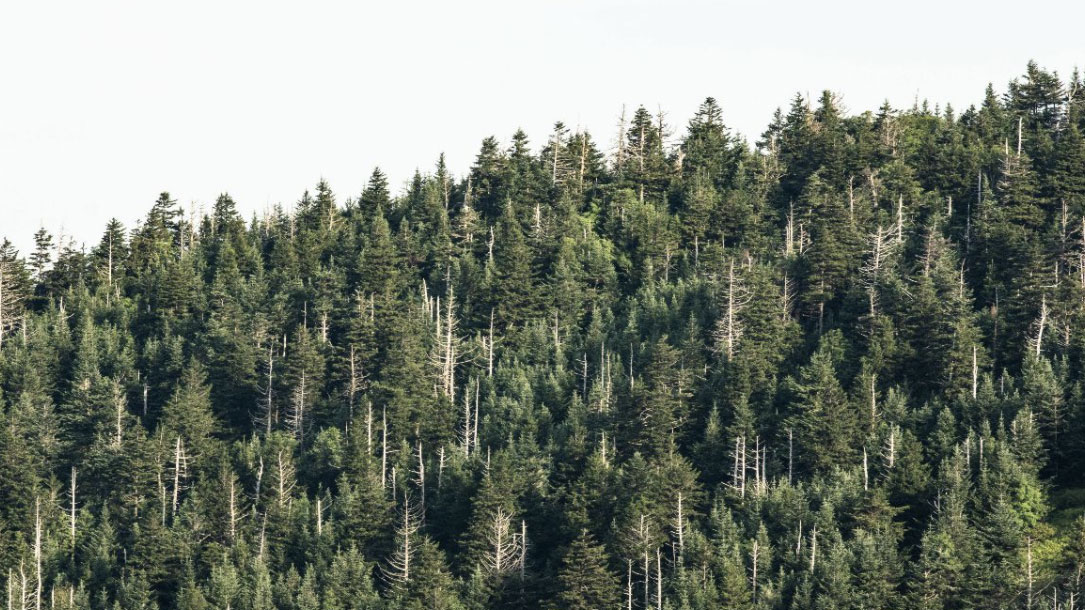
Study: How close are we to the temperature tipping point of the terrestrial biosphere?
This study, published Wednesday in Science Advances, analyzed more than 20 years of data from about 250 sites that measure the transfer of carbon dioxide between land and plants and the atmosphere—the way the planet breathes. Forests and the rest of Earth’s land-based ecosystems take up about 30 percent of human carbon emissions, so any big change in that process is important…
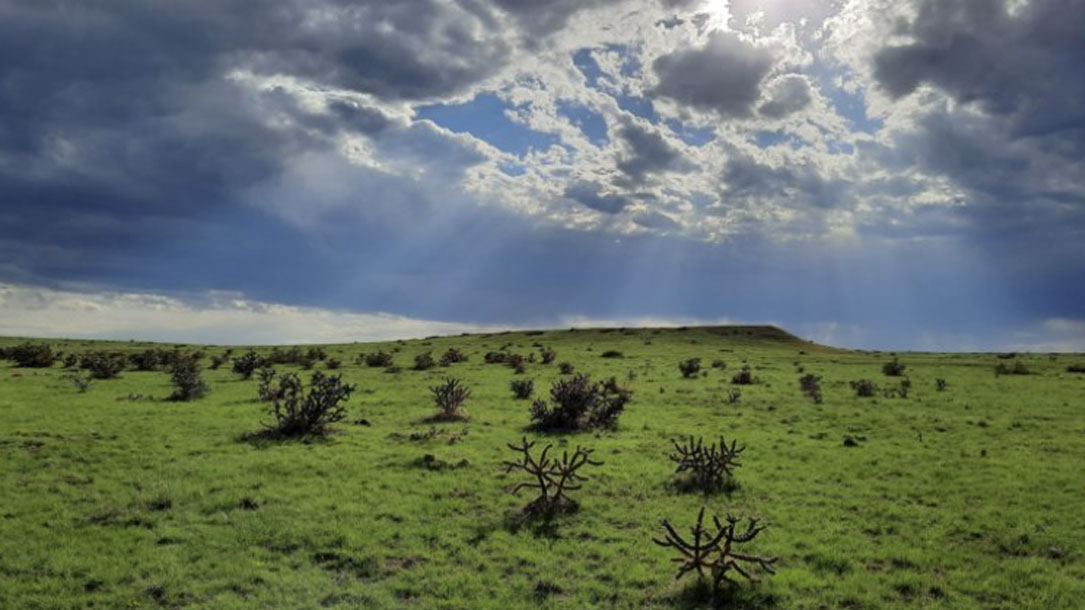
Medford Spring Grassland Conservation
“Grasslands store one-third of the Earth’s carbon, and just one acre of grassland can store an estimated 50 tonnes of carbon or more. Yet, in the U.S., over one million acres of grassland are still converted each year, which has the potential to release 50%-70% of the carbon they hold as carbon dioxide (CO₂).
The Medford Spring grasslands in southeastern Colorado are facing an imminent threat of conversion to cropland given its soils are suitable for farming, and cropland rental rates for winter wheat, milo, sorghum, alfalfa, and other row crops, are more than five times pastureland rates in Bent County, CO. A permanent conservation easement will preserve the grasslands and avoid conversion of the land to farming or development. This will prevent an estimated 190,000 tonnes of CO₂ from entering the atmosphere over the next 50 years. This is the equivalent of almost 208 million pounds of coal burned…”

Carbon offset program
Southern Plains Land Trust (SPLT) has enrolled [their] two largest preserves, Raven’s Nest Nature Preserve and Heartland Ranch, under the Climate Action Reserve’s Grassland Protocol. These properties sequester over 10,000 metric tonnes of carbon annually. Sale of these carbon credits creates the ultimate feedback loop: carbon sales generate revenue for SPLT to protect more grasslands, which sequester more carbon and provide refuges for more wildlife.
This is exemplified by SPLT’s partnership with NativeEnergy: a forward sale of carbon credits on the Medford Spring Grassland Conservation area enabled SPLT to add this area to Heartland Ranch, thus increasing the size of this property from 18,000 acres to its current size of 25,000 acres…

Saving Land magazine: Looking to the land to mitigate climate change
Recent reports that the planet had its hottest four years on record highlight the need for accelerated work to keep global warming below critical tipping points. While nations shift to carbon-neutral economies, Earth’s forests, grasslands, wetlands and soils can help reduce atmospheric carbon dioxide (CO2) levels. “Land trust work is more vital than ever,” says Kelly Watkinson, Land and Climate Program manager at the Land Trust Alliance, “because improved conservation, restoration and land management actions enhance the capacity of natural systems to absorb and hold carbon.”
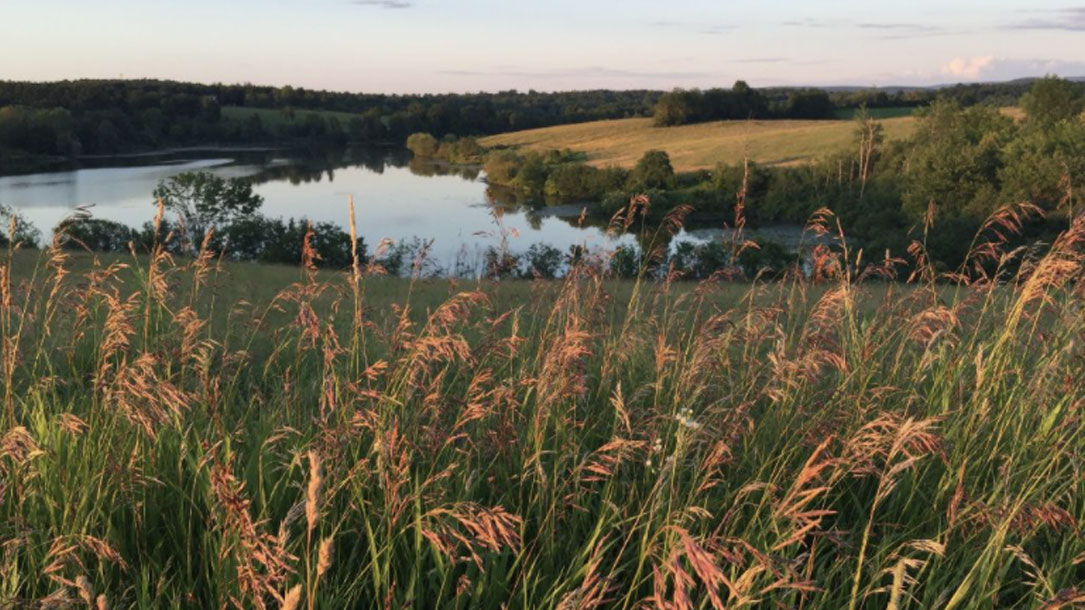
Looking to land to mitigate climate change
Two [fairly] recent studies affirm the potential of natural ecosystems to scale back atmospheric CO2. New research published in Nature this January cites the “unexpectedly large impact” that forest management and grazing has on the planet and atmospheric carbon. “We have forgotten half of the story up to now,” lead study author Karl-Heinz Erb told The Washington Post…
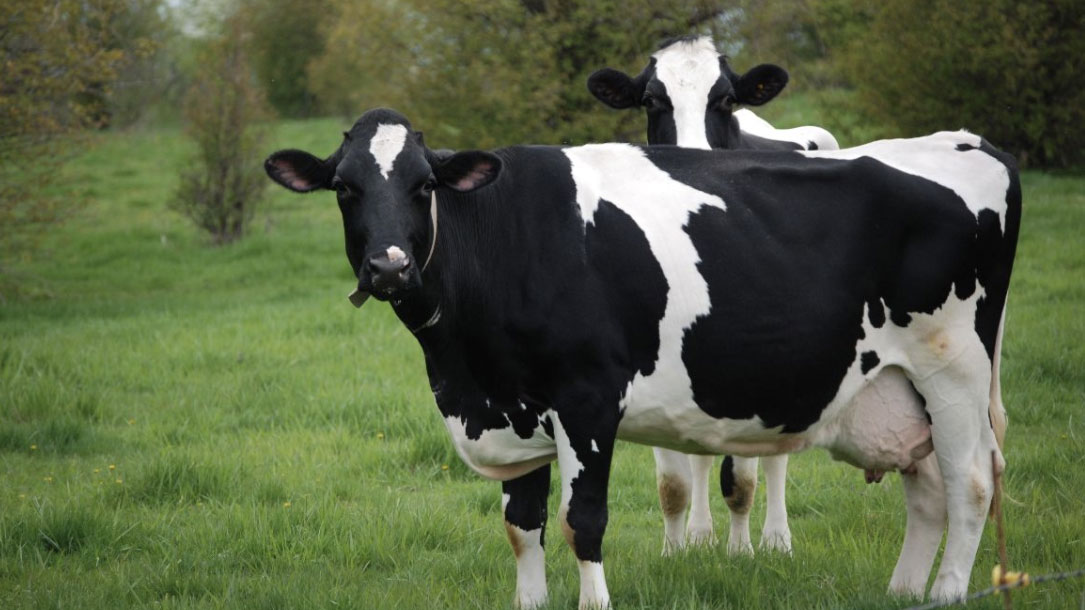
Caring for the land is caring for ourselves
Profitable farms cultivating healthy people; thriving, diverse communities; clean water, flood reduction, stable climate, and biodiversity are possible…

‘Grassland 2.0’ seeks to transform Upper Midwest agriculture through perennial grasslands
Bert Paris loves dairy farming. After more than 30 years, he’s beginning to transition the farm he operates near Belleville, Wisconsin, to his daughter, Meagan Farrell, who is excited about moving her family home to run it.
Despite years of terrible headlines about the dairy industry, farmers like Paris and Farrell are bullish on dairy because, despite chronically low and erratic milk prices, they’ve controlled their production costs with managed grazing. “Grazing, financially speaking, was the best thing I’ve ever done for my business,” Paris says.
Paris is a participant in Grassland 2.0, a newly formed collaborative group based at the University of Wisconsin–Madison that is working to create more opportunities for grazing and other types of perennial grassland farming.
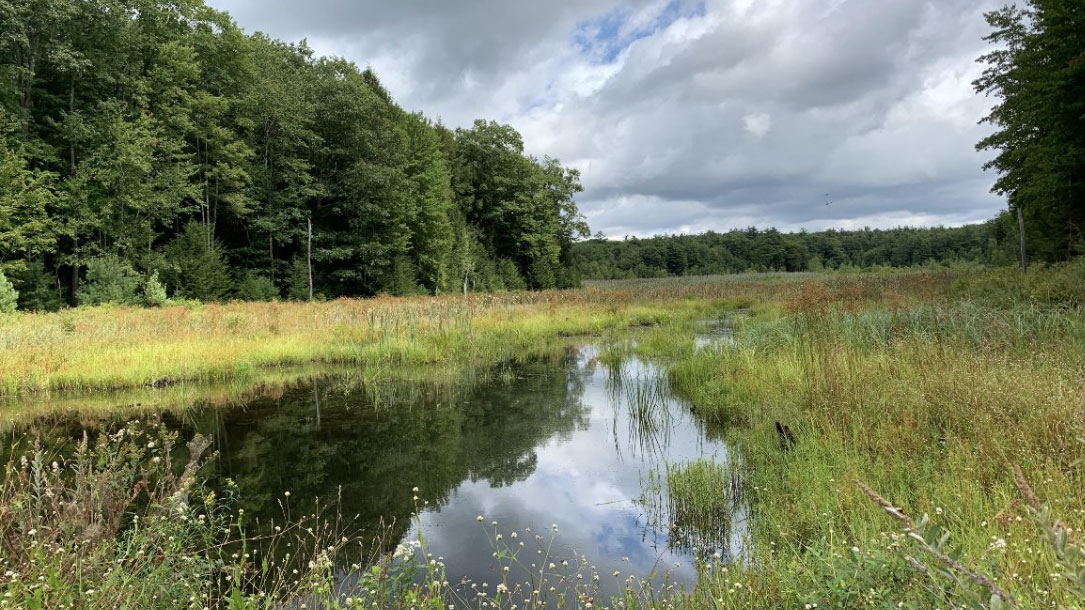
50 countries vow to protect 30% of land and sea by 2030
At least 50 countries committed to protecting 30% of the planet, including land and sea, over the next decade to halt species extinction and address climate change issues, during a global summit Monday aimed at protecting the world’s biodiversity.
About 30 leaders, government officials, and heads of international organizations participated in the One Planet Summit, which was held by videoconference because of the coronavirus pandemic. Top U.S. officials were notably absent, as were the leaders of Russia, India, and Brazil…
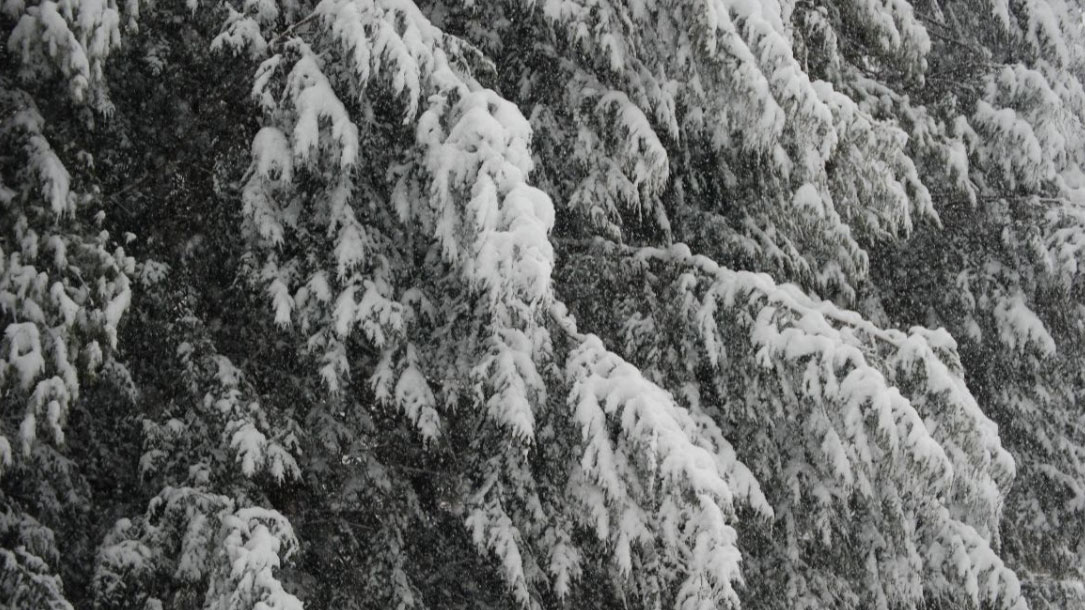
Hope for hemlocks: New tactics found to fight deadly pest
Several new scientific discoveries give hope that eastern hemlocks will not go the way of chestnut, elm, and ash trees and largely disappear from forests in the Chesapeake Bay watershed.
Hemlocks are one of the most prevalent, longest-living, beautiful, and ecologically vital trees in Appalachian forests. Sometimes called the redwoods of the East, they can take 250–300 years to mature and live more than 800 years…

Wisconsin farmer mimics ecosystem where mastodons and ground sloths once roamed
Peter Allen is taking inspiration from the oak savannas that were once widespread in the Midwest.
He says conventional agriculture depletes the soil, but this approach to raising livestock can help build topsoil and store carbon.
“We’ve grown about three inches of topsoil in six years,” Allen says. “So that’s really inspiring.” By learning from the past, Allen hopes to produce food while also preserving savanna ecosystems for the future.












